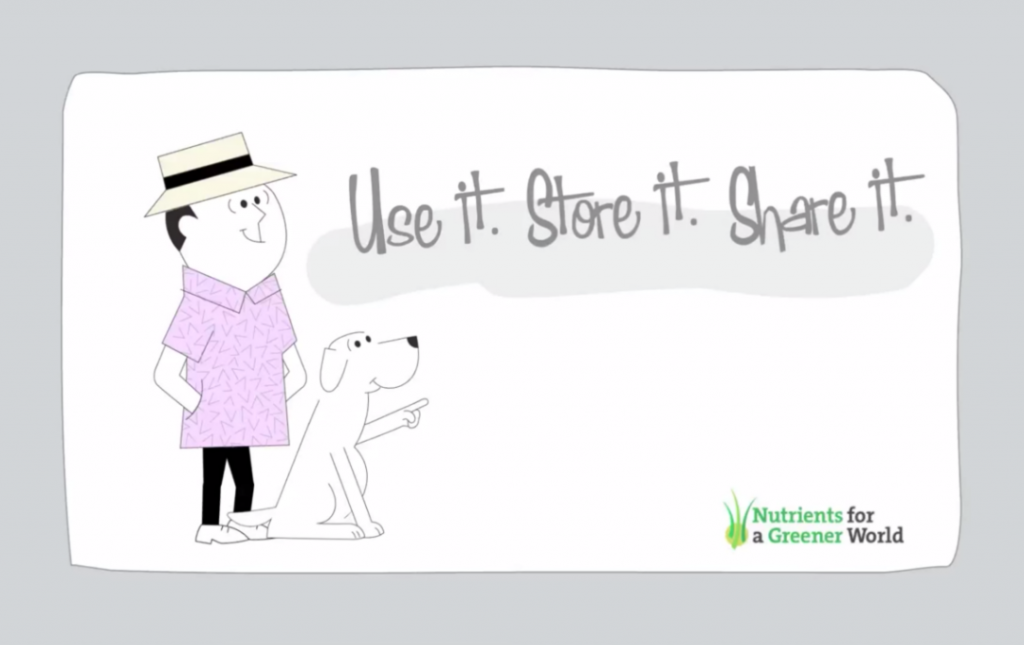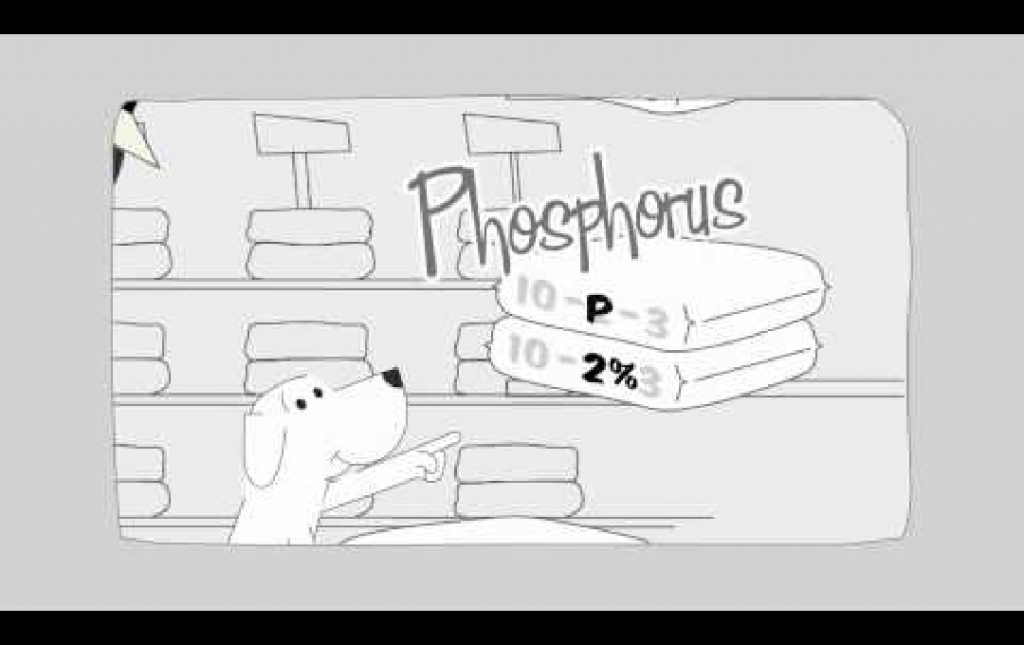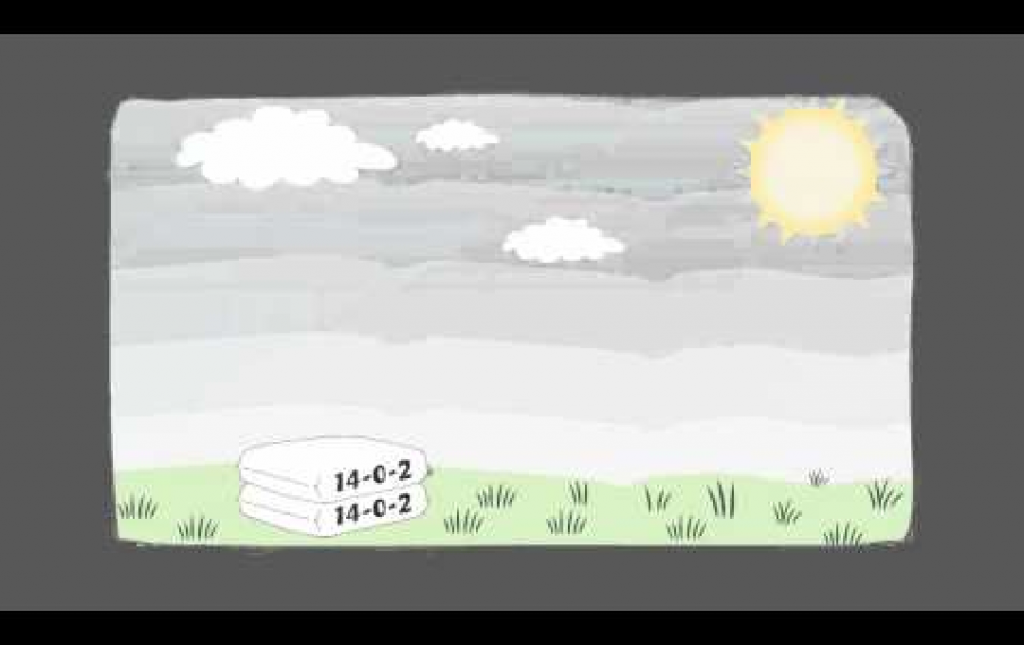Lawn & Garden Care – Greener World
Homeowners and turf management professionals should follow the 4Rs of fertilizer use
Overview
Healthy grass is crucial to our environment. It reduces pollution, absorbs greenhouse gas, and produces an abundant supply of clean oxygen. Did you know that a 50-foot by 50-foot home lawn creates enough oxygen for a family of four every day?
Lawns also clean water through filtration, reduce soil erosion and water run-off while providing a soft, safe, and cool outdoor space for people and pets to rest and play.
Plants need the proper balance of nutrients to grow and stay healthy. In order to have a thick, healthy lawn that can fight off weeds and withstand drought conditions, proper feeding, watering, and timely cutting are necessary. Fertilizer ensures your lawn has all the nutrients, in the proper amounts, it needs to grow.
Use it. Share it. Store it.
If you are left with extra fertilizer at the end of the season, you can use it, share it, or store it.
Using Fertilizer
Using fertilizer is simple, but it’s important to do so with care. By following a few simple steps, not only will you have a lawn that looks and feels great, but you will be contributing to a greener world. Did you know that a healthy turf has a dramatic cooling effect, similar to air conditioning, compared to hard surfaces? It also acts as a water filtration system, reduces water run-off, and is a significant source of oxygen.
To fertilize properly and achieve the benefits of a thick healthy lawn, homeowners and turf management professionals should follow the 4Rs of fertilizer use: the Right Source at the Right Rate, the Right Time and the Right Place.
Right Source
Buy the right fertilizer for your lawn. Review your options at your local lawn and garden centre by reading the bag or testing your soil (this can be done by a professional or with a home kit). The three numbers on the bag (such as 10-0-5) indicate the ratio of three key nutrients included in all fertilizers: nitrogen, phosphorus and potassium, listed in this order. Meaning, if a bag reads 21-4-3 it contains 21 per cent nitrogen, 4 per cent phosphorus and three per cent potassium.
- Nitrogen: Boosts growth and green colour
- Phosphorus: Feeds seedlings and stimulates new root growth
- Potassium: Provides all around vigour and health and strengthens resistance to disease and stress
Right Rate
Know the size of your lawn, buy only what you need, follow the instructions on the bag, and remember that more is not always better. Use a good quality lawn fertilizer spreader or a handheld model to distribute fertilizer evenly across your lawn.
Properly maintained and calibrated spreaders are designed to deliver an accurate amount of fertilizer evenly across the entire lawn. Uneven application can cause variations in lawn colour and potential burning if over-applied. Never spread fertilizer by hand. If storage space is an issue, consider a handheld model for smaller lawns.
And don’t be intimidated by your spreader. They are not difficult to use and all the steps for proper application are outlined on your fertilizer product bag.
Right Time
Feed your lawn every other month beginning in April. A lawn fed three to four times a year develops a deep root system to resist heat, drought and wear. It also develops thick green top growth to naturally resist weeds, disease and insects.
Canadian holidays are an easy way to remember best times to feed your lawn. Think Easter, Victoria Day, Labour Day and Thanksgiving.
In the spring, green means go. As the rain returns and the ground warms, watch for your lawn to begin to green. Feed your lawn promptly to encourage deeper root growth and provide a healthy foundation for the growing season ahead. Avoid applying fertilizer before a heavy rain is expected.
Right Place
Because too much phosphorus in the water can promote algae growth, homeowners who live near a pond, lake or stream should select a phosphorus-free fertilizer. You should also prevent fertilizer from running off into sewers. After fertilizing, sweep any stray fertilizer on driveways, patios and sidewalks back on to your lawn where it can do its job.




